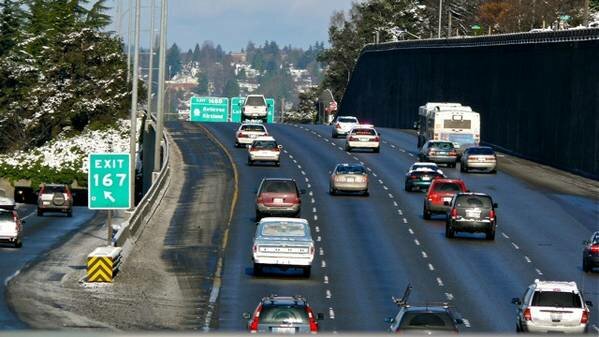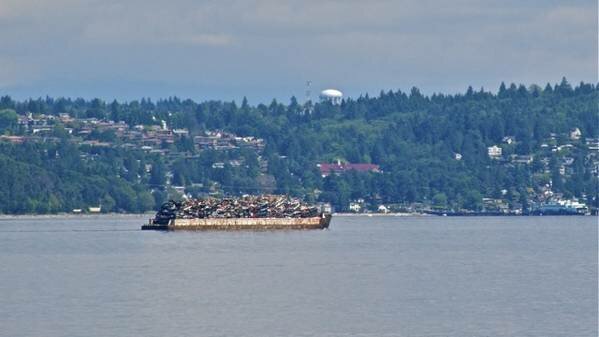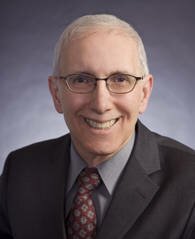The New York Times seems delighted to dispel any remaining myths about the untouched natural beauty of Washington state. Just this week readers have learned that there's three times the amount of plutonium waste at Hanford as "thought," and that the Puget Sound's pH level is declining in part due to ocean acidification and the water is growing more corrosive. (Thanks. We'll be expecting a make-up "36 Hours in Seattle," soon.)
The Seattle Times goes straight to the pH-decline bottom line: the impact on the Puget Sound shellfish industry.
The Taylor Shellfish hatchery on Hood Canal's Dabob Bay had its first good year in several in 2009, but company spokesman Bill Dewey said he suspects that's merely because the winds cooperated, preventing acidified seawater from entering the relatively stable bay.
The company recently installed sophisticated pH monitors at its hatchery to determine when it's best to draw water off the surface, from way down deep—or not at all.
In an earlier story, from January this year, the Seattle Times looked at the cause-and-effects of ocean acidification in general. The world's oceans act as a carbon dioxide sink, claiming excess CO2 from the atmosphere, but CO2 dissolved in water creates a weak acid solution. It turns out that shellfish larvae, for one, are very sensitive to changes in pH.
The new study on the Puget Sound's ocean-acidification intake represents the work of researchers with NOAA, the University of Washington, and the state's Department of Ecology. (It's published in the latest issue of Estuarine, Coastal and Shelf Science.) The researchers make it clear that the Sound is struggling mightily with the human activity around it--the toxic pollution and "nutrient-rich" flows that are channeled into it, both killing off life and promoting algae blooms that...also kill off life....
Money is tight, even in government--the Seattlepi.com mentions that Seattle "has about $1 billion in unfunded capital needs outside the viaduct project." So big ticket items are getting extra scrutiny.
City Council member Nick Licata has been researching non-city revenue for the seawall replacement project, in particular the possibility of federal funding via the U.S. Army Corps of Engineers. Previous cost-sharing discussions have been rebuffed by the USACE as lying outside of the scope of their mission, but Licata thinks the state of the seawall is perilous enough that it merits a formal application. In his latest Urban Politics (#288) newsletter, he says:
...since the seawall is already in a state of near-collapse and hence meets the Corp's mission of halting erosive damage before a cataclysmic disaster occurs. There has been some argument that the seawall is owned and maintained by the City, therefore the Feds do not have an interest in this project. I did not find that point raised in the Feasibility Study.
The study Licata refers to is "The Elliott Bay Seawall Feasibility Scoping Meeting Read-Ahead Report Agency Technical Review Draft," ongoing since 2004, which itself is partly funded by federal dollars at the behest of Sen. Patty Murray. (That study has found that if the seawall fails on its own, the cost would be around $415 million.)
With this strategy in mind, the last thing Licata wants is for the city to pursue Mayor McGinn's bond measure and demonstrate to the USACE that the city is perfectly willing to shoulder the burden of the entire replacement cost....
 Go on. Guess how many are on cellphones.
Go on. Guess how many are on cellphones.
SB 6345--the Senate bill that would make (non-handsfree) cell phone use while driving a $124 ticket and a primary offense--was placed on second reading by the Rules Committee yesterday. (I have no idea what that means, outside of a sense of progress. There's no lyric about "second reading by Rules Committee" in Schoolhouse Rock's "How a Bill Becomes a Law.") With eleven senators sponsoring, it may have enough momentum to pass.
Its House counterpart, HB 2365, had a public hearing by the House transportation committee on the 18th, with no doings reported since then.
But the Highway Loss Data Institute--an insurer-funded nonprofit organization--has just released a study showing that anti-cell phone laws have had no effect on the number of collisions. As KING TV reports, the study compares "insurance claims for crash damage in four jurisdictions before and after bans were enacted in California, New York, Connecticut, and Washington, DC."...

The Fred Hutchinson Cancer Research Center (full disclosure: I was a lab aide in Basic Sciences many years ago, probably setting research back decades) says that through phone counseling it has managed to cut down on teen smoking by four percent.
Seattlepi.com says while four percent isn't a huge number, Arthur Peterson Jr., a Hutch researcher, pointed out that an intervention that does anything positive is newsworthy. The kids like their smokes. The phone counselors didn't push quitting on any of the teens, but responded with a "non-pressure" approach, to get the teen to talk about why they wanted to quit. The kids don't like to be told what to do, see.
(The Mayo Clinic as much as says that all teens seem like they have ODD, before going on to say about ten percent of teens are particularly argumentative and combative.)
Here is what I believe is a foolproof way to cut down on teen smoking, using the Buddhist precept that it's better to plant a new habit than try to weed out an old one: Give teen smokers...



Most Recent Comments